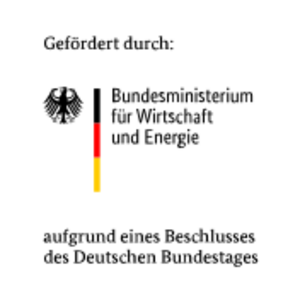Energy system models (ESM) are widely used in research and industry to analyze today’s and future energy systems and potential pathways for the European energy transition. Current studies address future policy design, analysis of technology pathways and the analysis of future energy systems. To analyze these questions and support the transformation of today’s energy systems, ESM are required to become increasingly complex in order to provide valuable quantitative insights for policy makers and industry. Especially when analyzing uncertainty and integration of large shares of renewable energies, ESM requires a detailed implementation of the underlying electricity system. Due to the increasing complexity of the models, for research institutions and industries all over Eu-rope applying ESM becomes more and more difficult, as boundaries with regard to computational power of today’s decentralized workstations impose significant constraints to energy market modelling. Severe simplifications of the models regarding complexity are required to allow them to solve in a reasonable amount of time – with significant influence on the validity of results and reliability of the models in general.
Within this project the consortium of researchers from different research fields (system analysis, mathematics, operations research and informatics) develop new strategies to increase computational performance of energy system models and to apply energy system models to high performance computing. Within the project, the High Performance Computing Center Stuttgart (HLRS) supports the development of the ESM-Software with relevant algorithmic strategies in order to make sure the framework runs on HPC systems. The first ESMs have already been applied to two of Germany’s fastest supercomputers – HLRS’ Hazel Hen and the Jülich Supercomputing Center’s JUQUEEN. The project aims at identifying efficient strategies and developing best-practice guide with the recommendations for the application of ESMs to high performance computing. The project consists of the following objectives:
- Identification, implementation and comparison of strategies for optimizing computing time for high resolution energy system models.
- Standardization of parallelization strategies for different types of large scale energy system models.
- Development and adaptation of mathematical algorithms for parallel solving of energy market models on distributed HPC platforms.
- Development of new complex energy system models that cannot be solved today. These models address new research questions especially with regard to robust scenario d-velopment and decisions under uncertainty.

